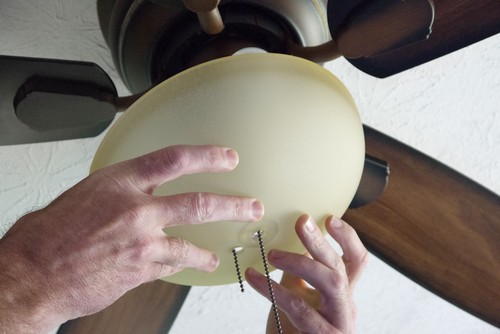How to Keep Savings Handy But Not Too Handy
Post on: 11 Июль, 2015 No Comment

Published on Thu Feb 17, 2011
By Sierra Black
Admit it. Not every dime you’ve ever taken out of savings has been for a true emergency. You may have resisted the urge to dip into that emergency fund for an emergency cashmere sweater or mid-winter cruise, but did you really need to go to that cousin’s wedding in San Diego?
Saving is hard. We all start out with the best intentions, but life gets in the way of carrying them out. We want to put money away for rainy days, but some days it can seem like it’s always raining: there’s an unexpected bill to pay, a freelance contract that falls through, a surprise medical expense.
Save money with a commitment device
To really save money, we need what economists call commitment devices. These are strategies that force us to follow through on our good intentions. When it comes to savings, that basically means playing keep away with your own money.
Retirement accounts are one great way to do this. When you put money into your 401(k) or IRA, you’re not allowed to touch it until you retire without facing some hefty penalties. If you have an employer-based retirement plan, your employer takes the money out and deposits it for you before you ever see it, making saving practically painless.
For shorter-term savings, money market funds and CDs offer some commitment devices while promising better returns. CDs in particular are great for this, because you commit to a certain term and you forfeit interest if you take your money out early. They’re a great choice for committing savings that you want to use in one to five years. For example, you might put the money you’re saving for a new car into laddered CDs.

Online savings accounts help
Finding a good commitment device for your emergency fund is harder. You want to keep that money liquid enough to be able to get to it when you need it. Investing it in a mutual fund or even locking it up in a CD might earn you a higher interest rate, but wouldn’t be much help if a true emergency were to strike tomorrow.
Online savings accounts offer a great solution to this problem. They generally offer better interest rates than brick-and-mortar banks, with just one little catch: It’s a bit tricky to get your money out. It can take two business days to transfer money from your savings account to your brick-and-mortar checking account, where you can lay hands on it.
Those two days might seem agonizing when you need your cash, but very few emergencies crop up so suddenly that they can’t wait two days to pay for them. Keeping your money hidden away where there’s some lag time to get at it will help prevent impulse buys from masquerading as emergencies. An online bank helps you keep your savings where it belongs: in your savings account.














